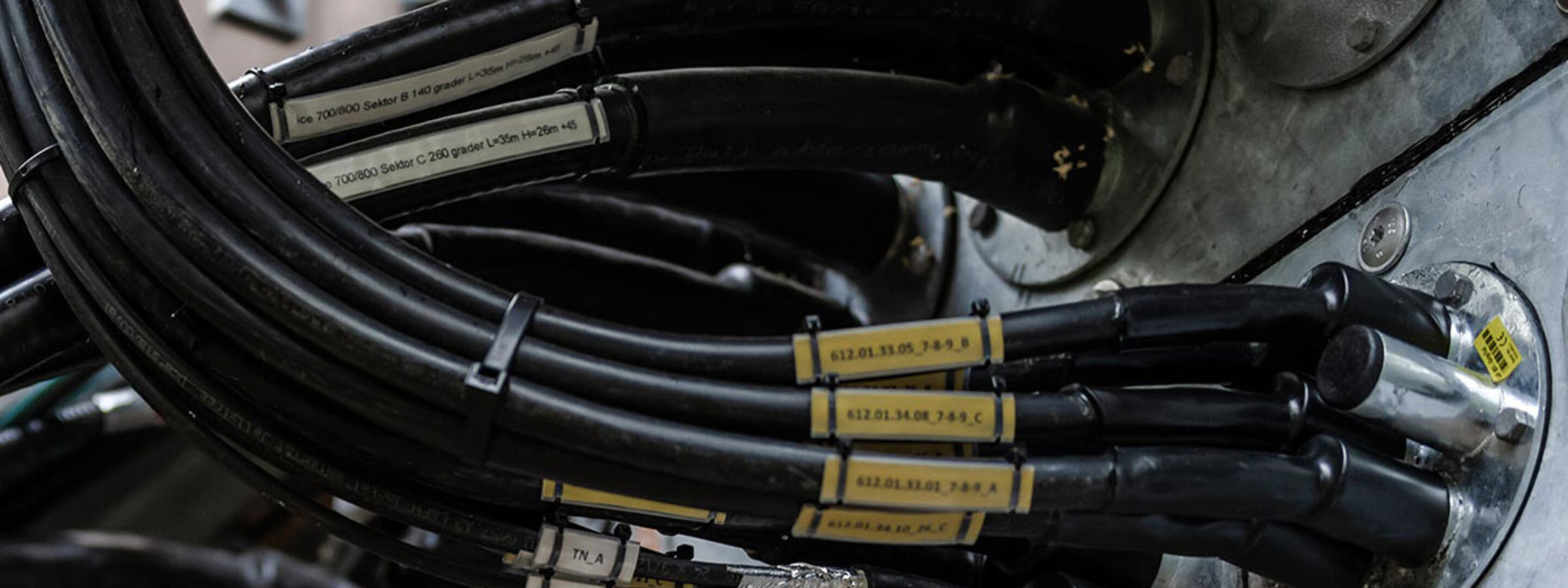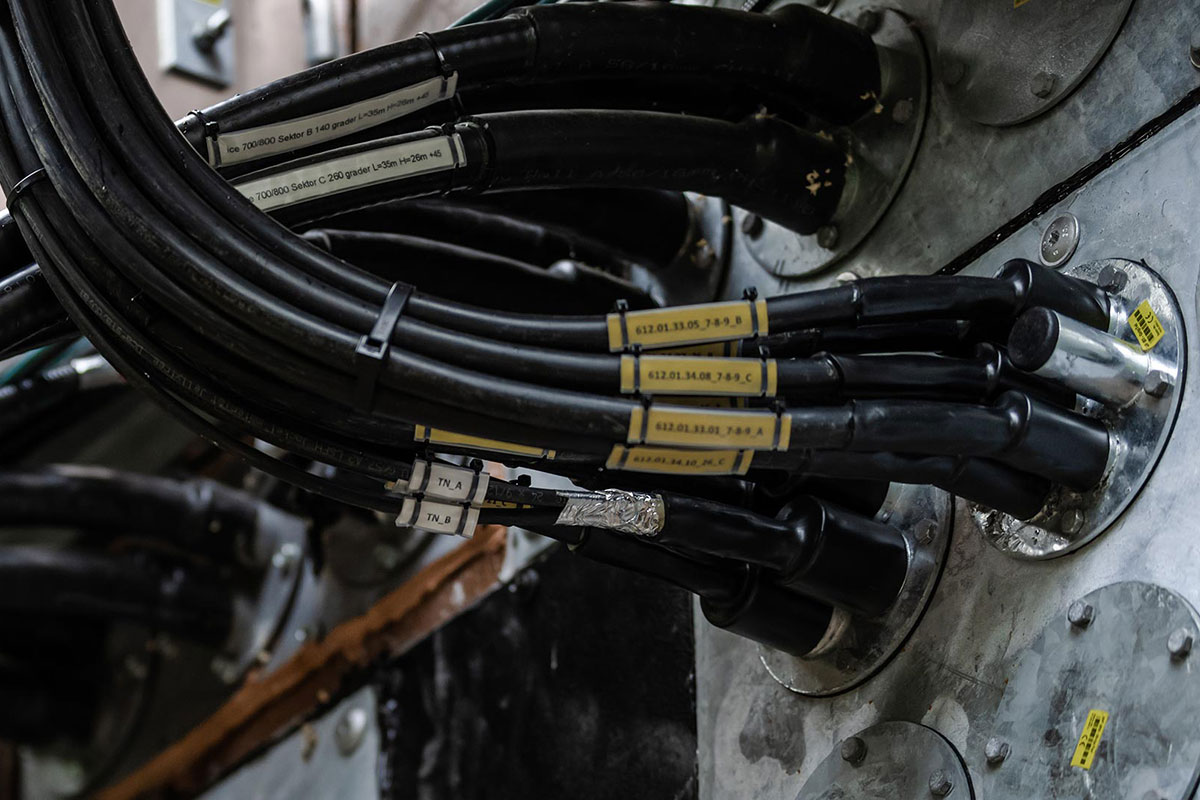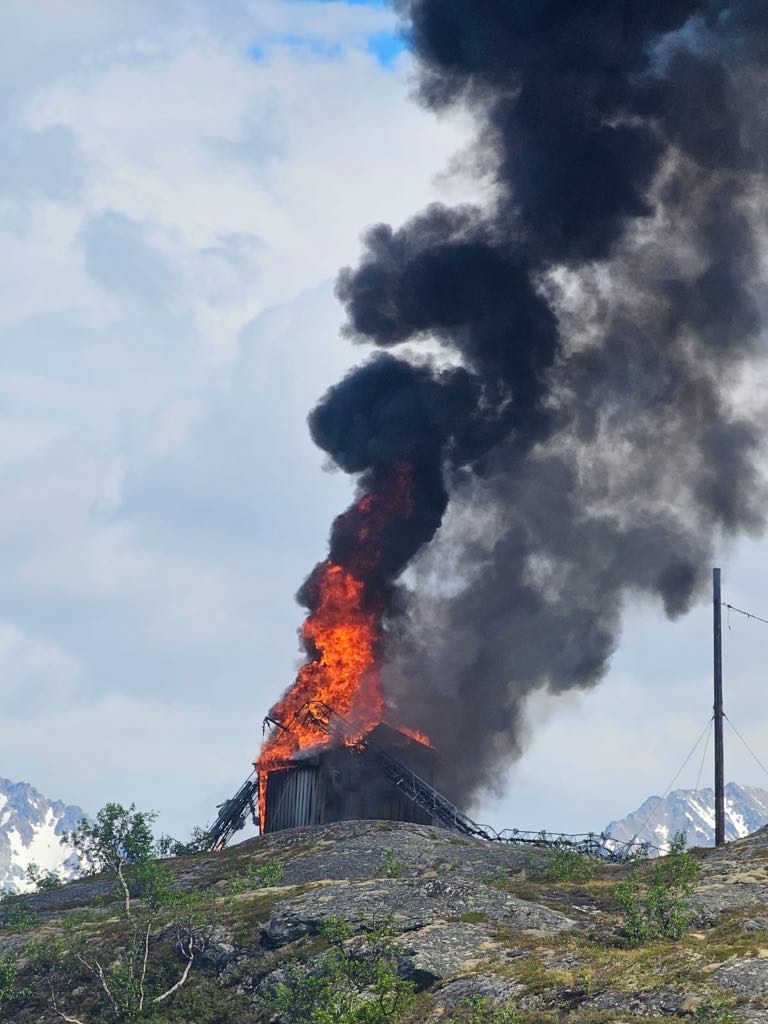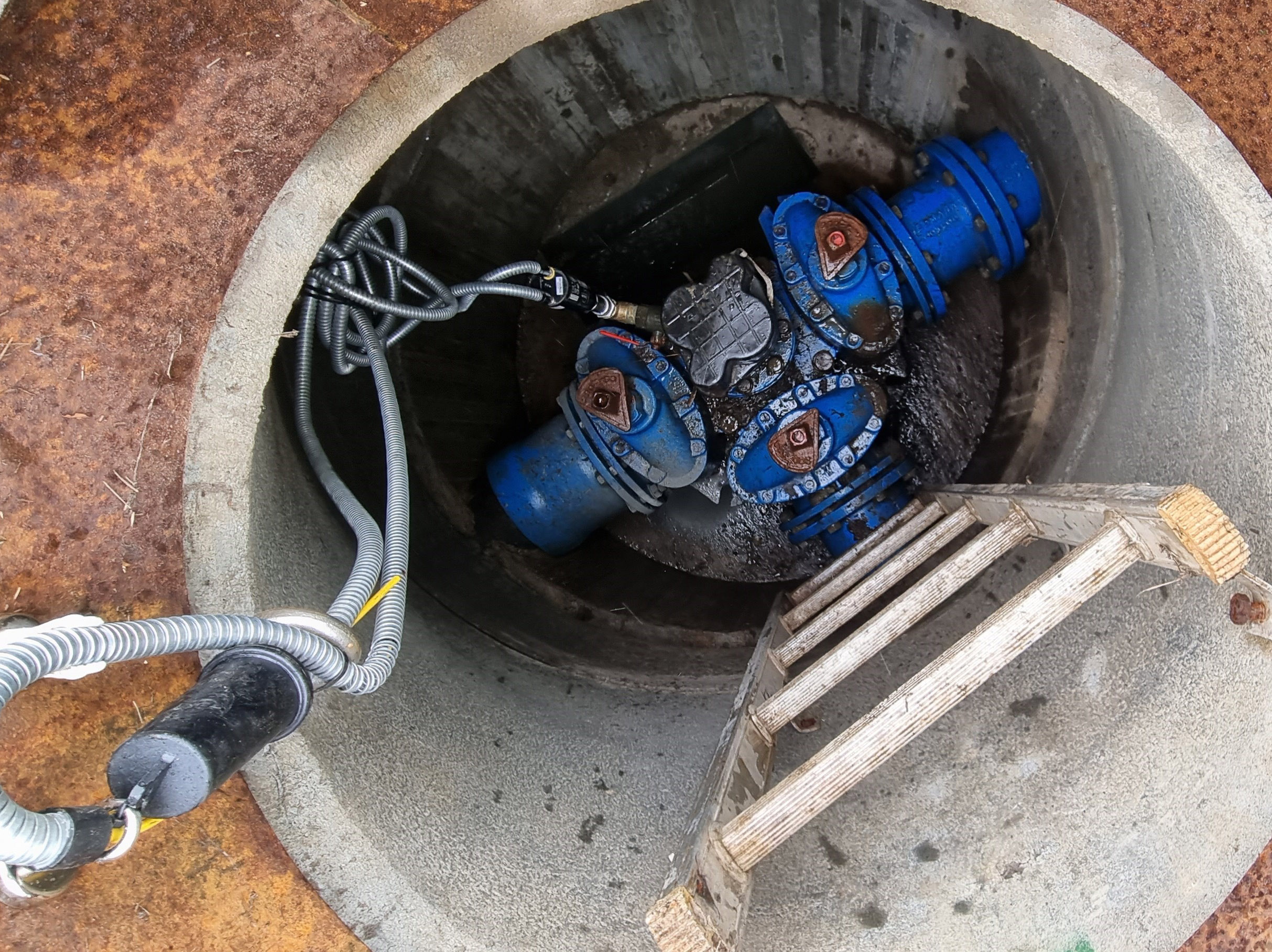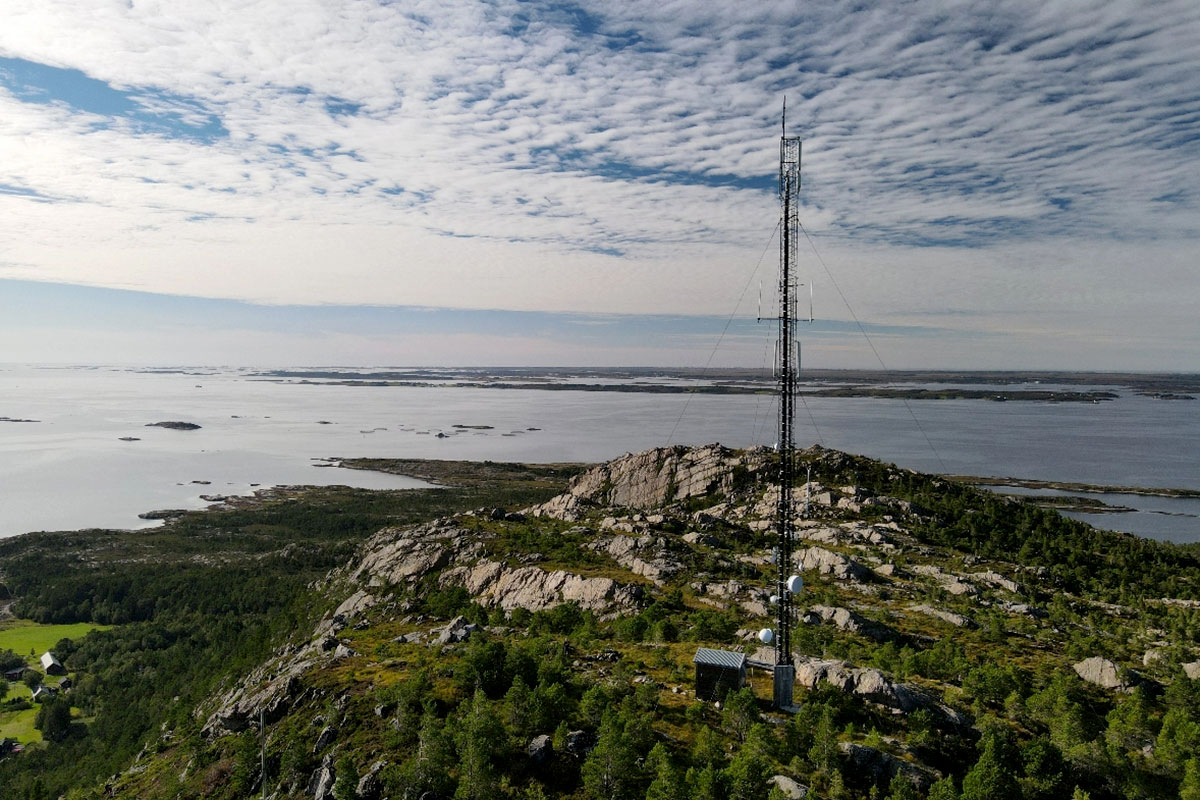We are accelerating investments in critical infrastructure
At Telenor Towers, we continue to modernise facilities for telecommunications in Norway. We have now signed agreements with Binto, Oppland Elektro and Site Service for nationwide services for development and supervision of critical facilities for telecommunications.
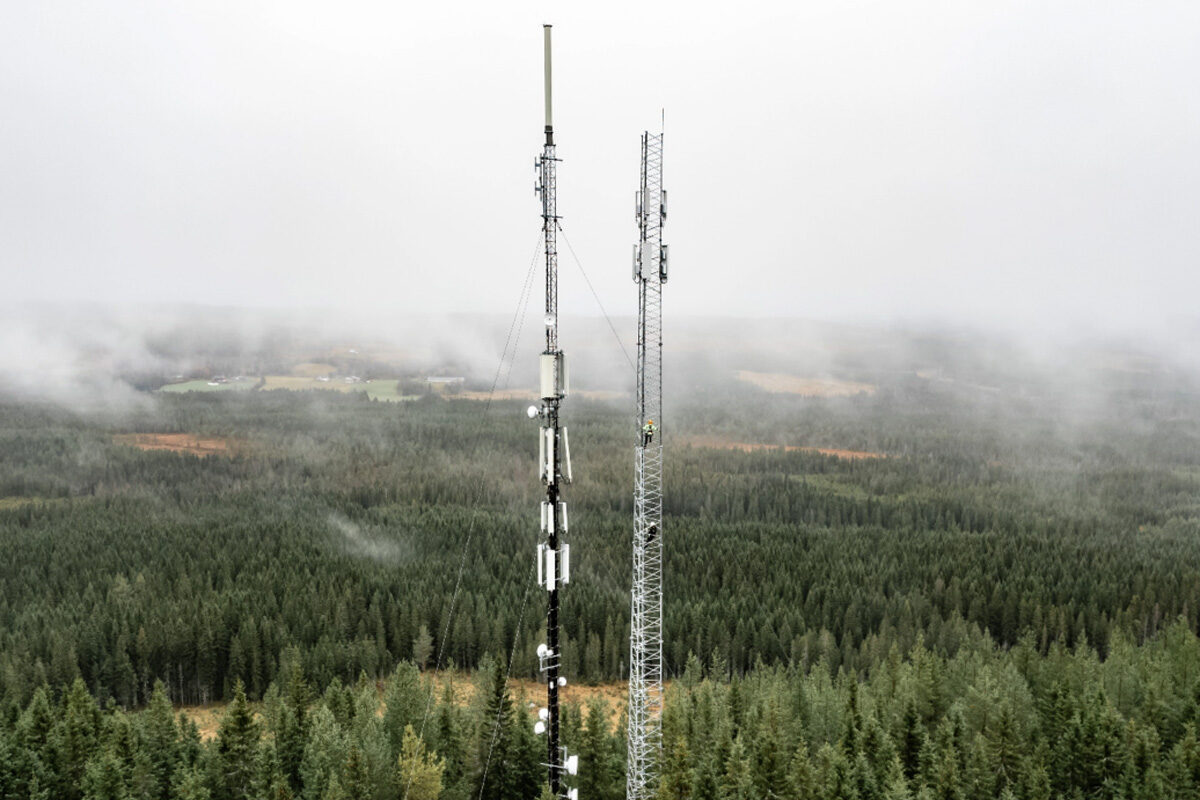
We continue to develop the business and have linked up with new partners to take care of masts, towers, preparation for 5G and other critical communication services.
Telenor Nordic Towers CEO, Christina Endresen, describes the agreements as a milestone.
– This is an important day for us that we have been looking forward to since the start-up of Telenor Towers three years ago. We have now signed an important agreement with strong entrepreneurs who share our commitment to infrastructure, sustainability, and security. It is also important for us to take part in the development of a robust contractor market in Norway, both centrally and in the local regions. We look forward to starting the journey and to ensuring a sustainable modernisation of Telenor’s masts, towers, and buildings with our new partners. Let the first order be sent, she says.
Helicopters are essential
Terje Hoemsnes, CEO of Site Service AS, is very satisfied with the agreement, and highlights their long experience with masts, foundations and tele-cabins in combination with local knowledge and presence.
– Our experience and expertise from working in bad weather and wind is particularly important when considering the use of helicopters. This has the highest priority for us and is reflected in the contract in the form of high requirements for documentation and security. Together with Telenor Towers, we will ensure good and secure coverage for telecommunications throughout the country, says Hoemsnes.
Important agreements
Rune Flatmo, CEO of Binto AS, is also very satisfied with the new agreement.
– We now have an opportunity to further develop our company, share expertise and build new expertise. Geographical and local historical knowledge is essential for efficient progress in the construction process. Binto is a flexible company with solution-oriented employees. No assignment is too big or too small, he says.
Stian Tråseth, head of Tele at Oppland Elektro, says the contract is large and important for the company.
– We have extensive experience and broad expertise in this area, and we will ensure that we maintain the high quality that is expected and necessary for critical infrastructure within telecommunications in Norway, he concludes.
The agreements have been settled for the region of Central Norway to Binto AS, the region of South-East to Oppland Elektro AS and the regions of Northern Norway and Western Norway to Site Service AS.


